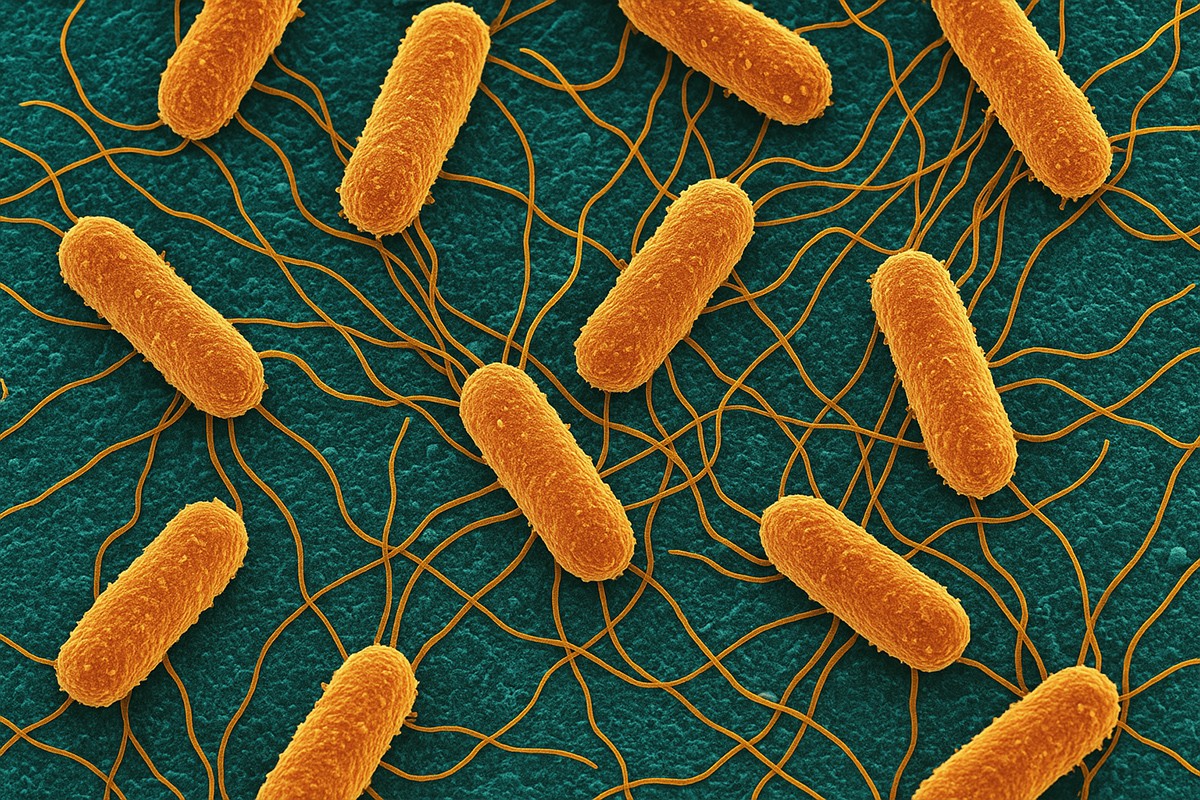E. coli Bacteria: What It Is, How You Catch It, and How to Avoid It

E. coli (Escherichia coli) is a group of bacteria commonly found in the intestines of humans and animals. While many strains are harmless, certain types—such as E. coli O157:H7, can cause severe illness and even life-threatening complications.
How Do You Catch E. coli?
E. coli infections are typically caused by:
- Eating undercooked meat, especially minced beef
- Drinking unpasteurised milk or contaminated water
- Eating raw fruit or vegetables exposed to animal waste
- Poor hygiene practices, such as not washing hands after using the toilet
- Cross-contamination in kitchens and food processing areas
E. coli bacteria can live on hands, surfaces, and equipment for extended periods, making cleanliness crucial in shared or high-traffic environments.
Common Symptoms of E. coli Infection
Symptoms usually begin within 1 to 10 days and may include:
- Severe stomach cramps
- Watery or bloody diarrhoea
- Nausea or vomiting
- Fatigue and occasional fever
Most healthy adults recover within a week, but in vulnerable individuals, such as young children or the elderly, E. coli can lead to serious complications, including hemolytic uremic syndrome (HUS), which can cause kidney failure.
How to Prevent E. coli Infections
You can reduce your risk by following these hygiene and food safety measures:
- Thoroughly cook meat, especially ground beef
- Wash hands with soap and water after using the bathroom, handling raw meat, or touching animals
- Avoid unpasteurised dairy and juices
- Rinse produce thoroughly
- Clean and disinfect surfaces used in food prep
- Use cutting boards and utensils separately for raw meat and other foods
The Role of Antimicrobial Protection
To go a step further, integrating antimicrobial technologies into materials, such as food prep surfaces, packaging, and kitchen equipment, can help inhibit the growth of E. coli and other harmful bacteria. These solutions are especially beneficial in:
- Food manufacturing facilities
- Commercial kitchens
- Public restrooms
- Healthcare settings
Antimicrobial additives offer an added layer of product protection where traditional cleaning may not reach or be frequent enough.
Final Thoughts
E. coli infections are preventable with good hygiene, responsible food handling, and smarter material choices. As awareness of microbial risks grows, so does the need for proactive solutions that go beyond surface-level cleaning. Whether you're a consumer or a manufacturer, preventing the spread of E. coli starts with understanding the risks, and making hygiene a priority.
What Next?
🔗 Follow us on Social Media, here is our LINK TREE
✉️ See how our additive technology can benefit your business by CONTACTING US
🦠 Find out more about Biomaster Antimicrobial Technology HERE
🎥 Watch our video on how Biomaster works WATCH NOW
📰 Subscribe to our Newsletter - SUBSCRIBE
← Back to blog



